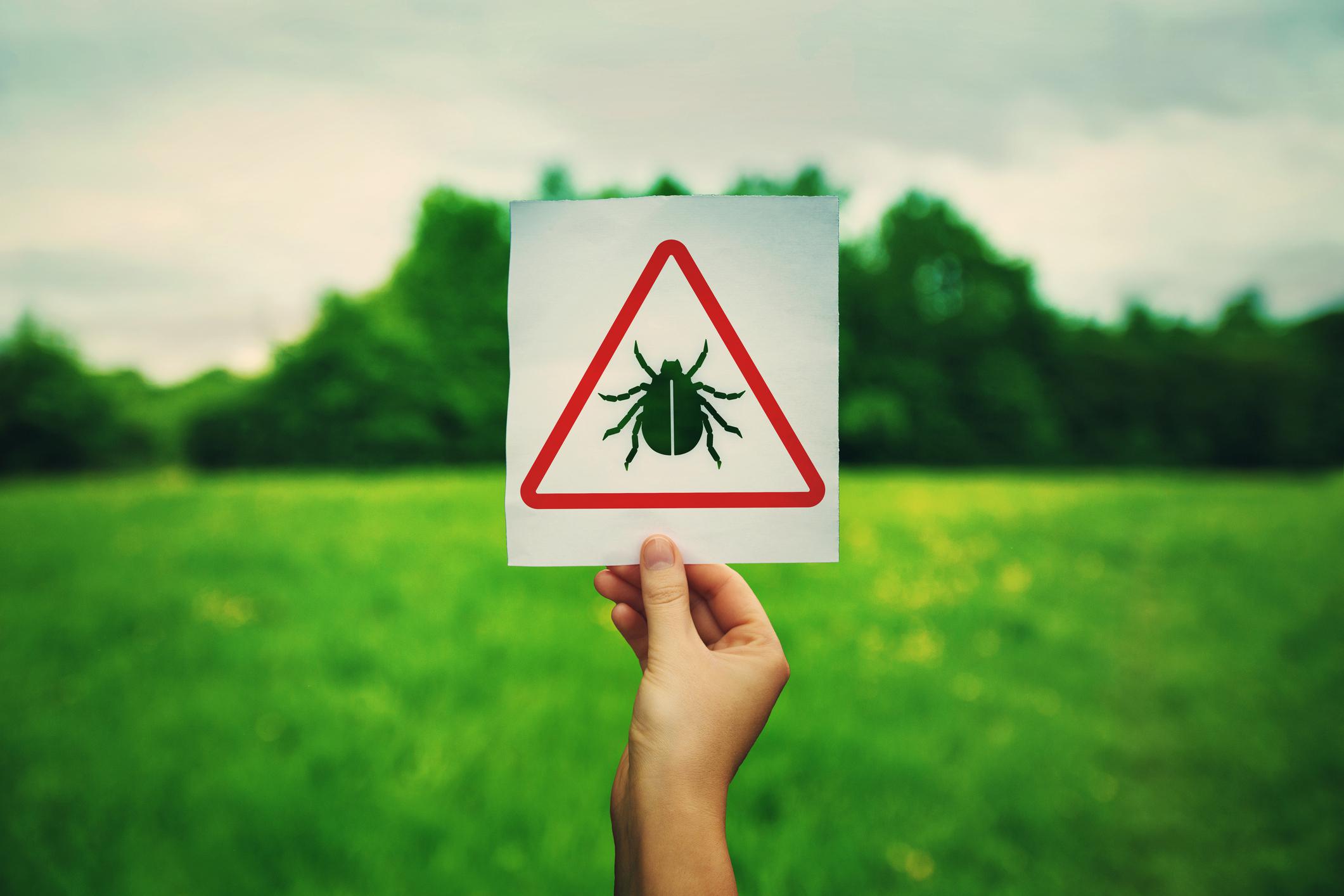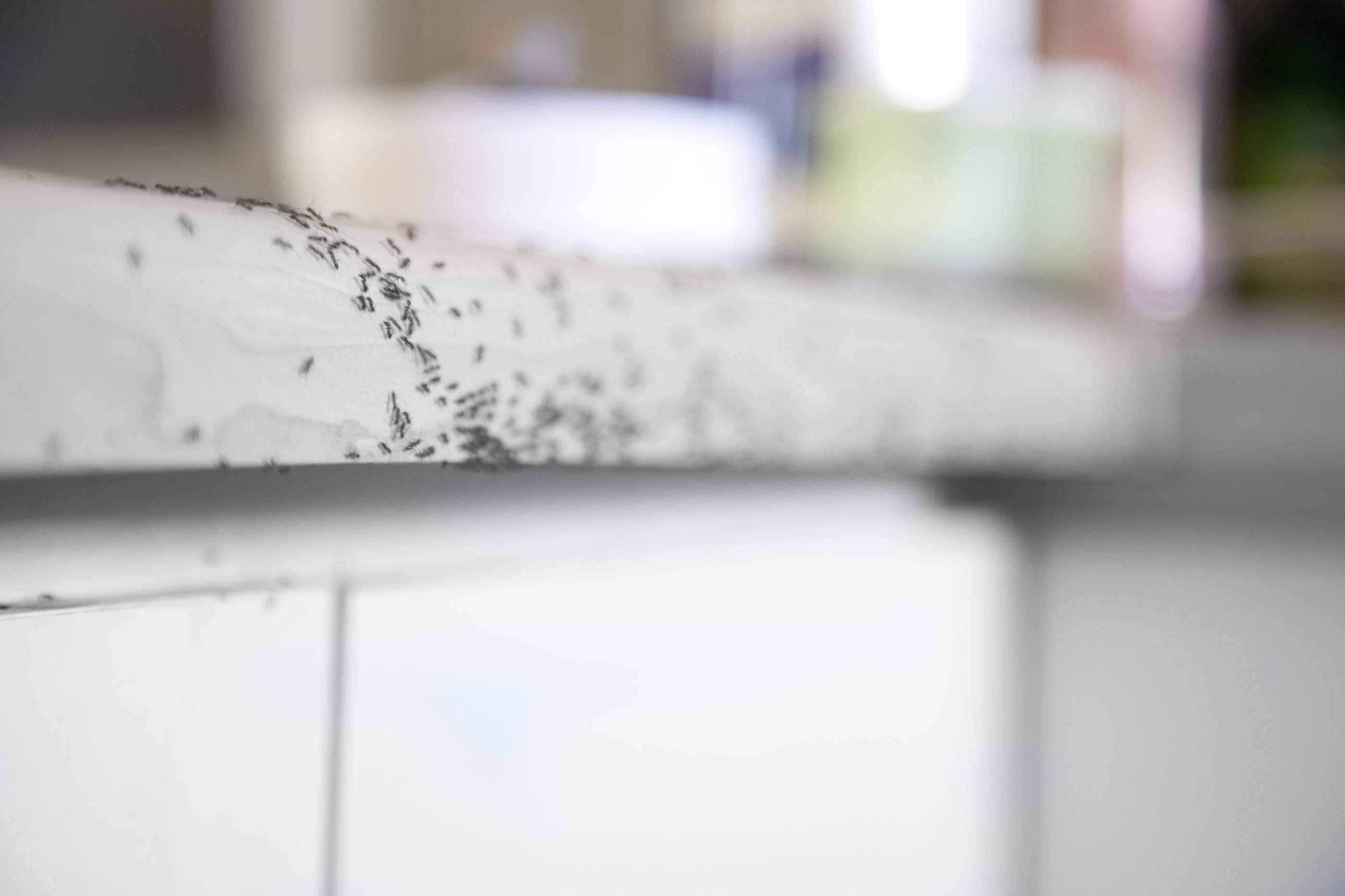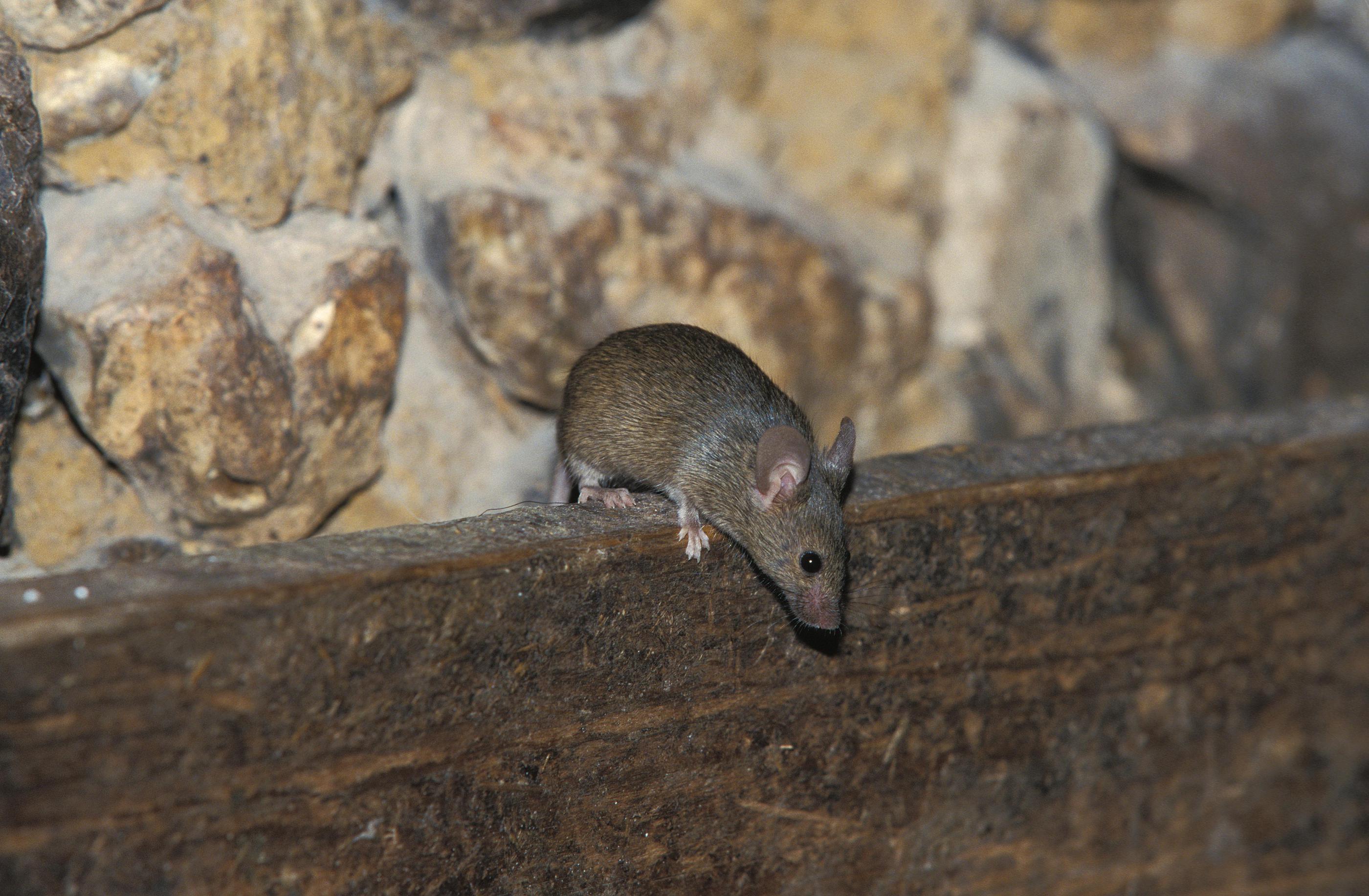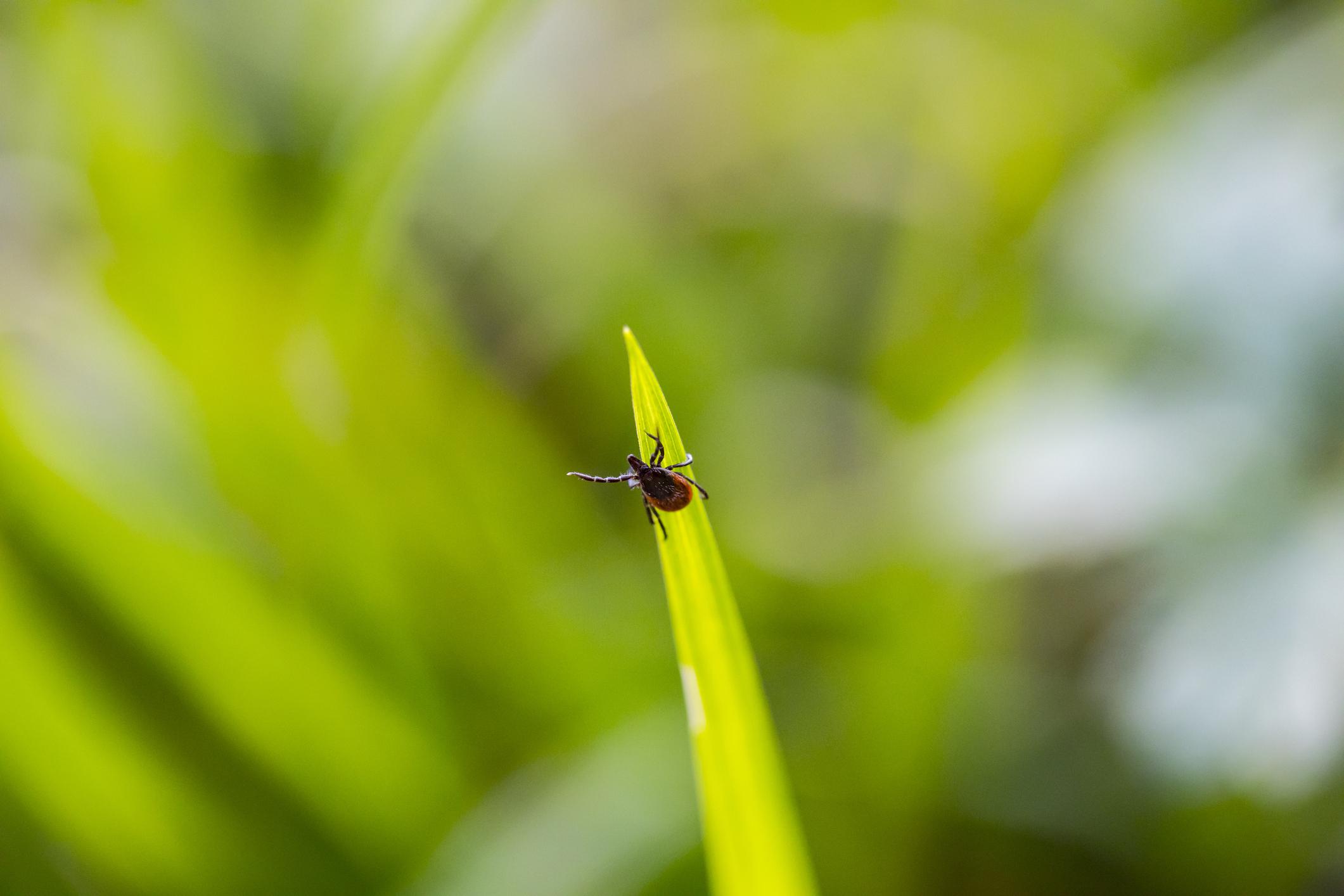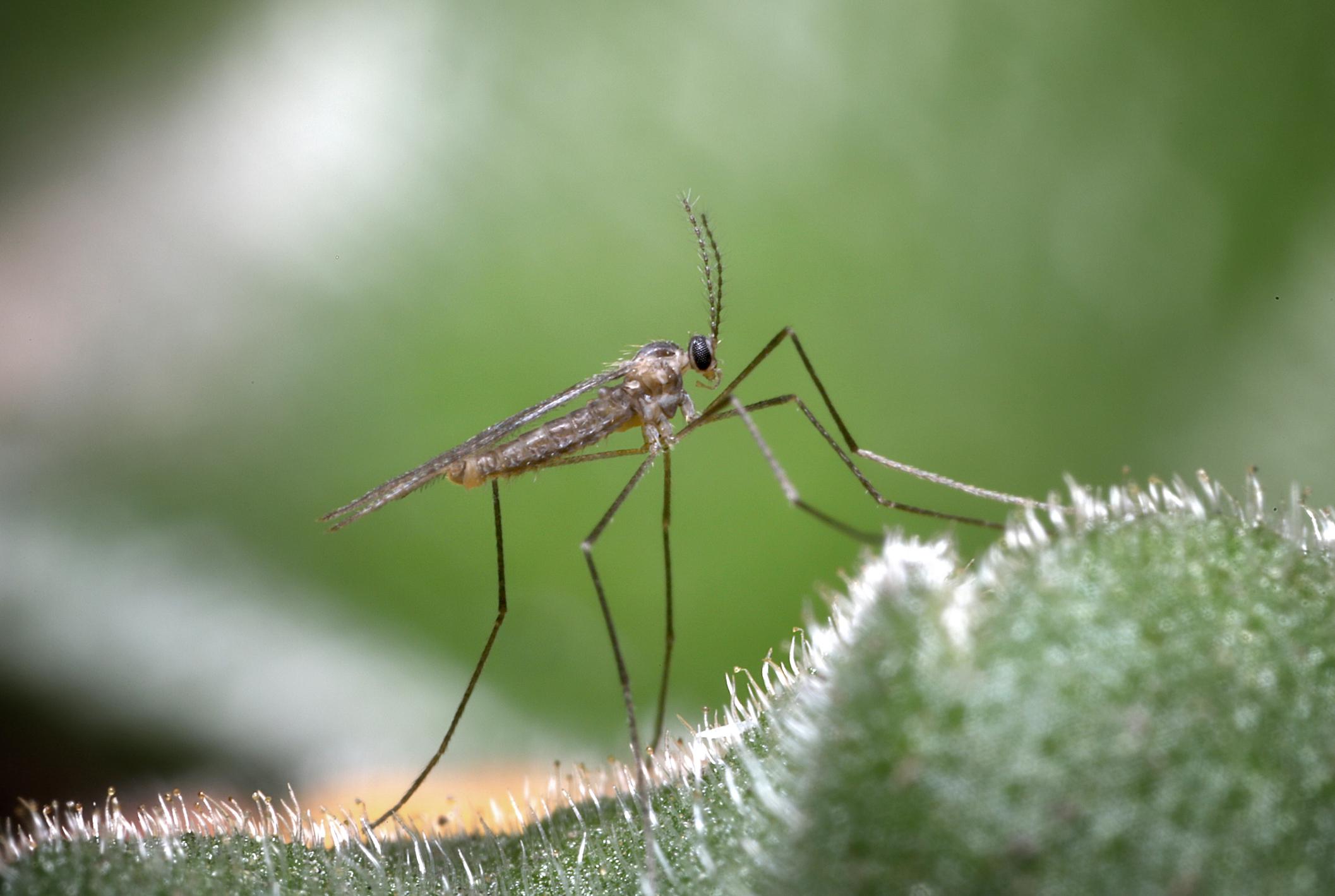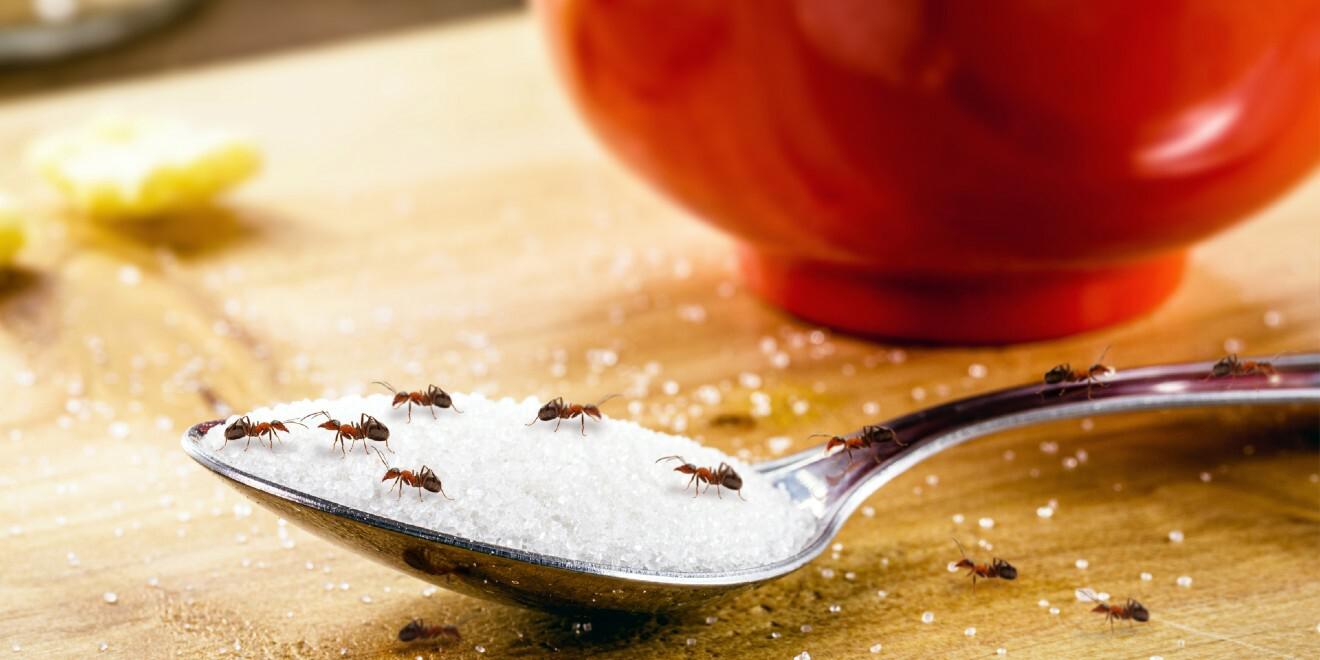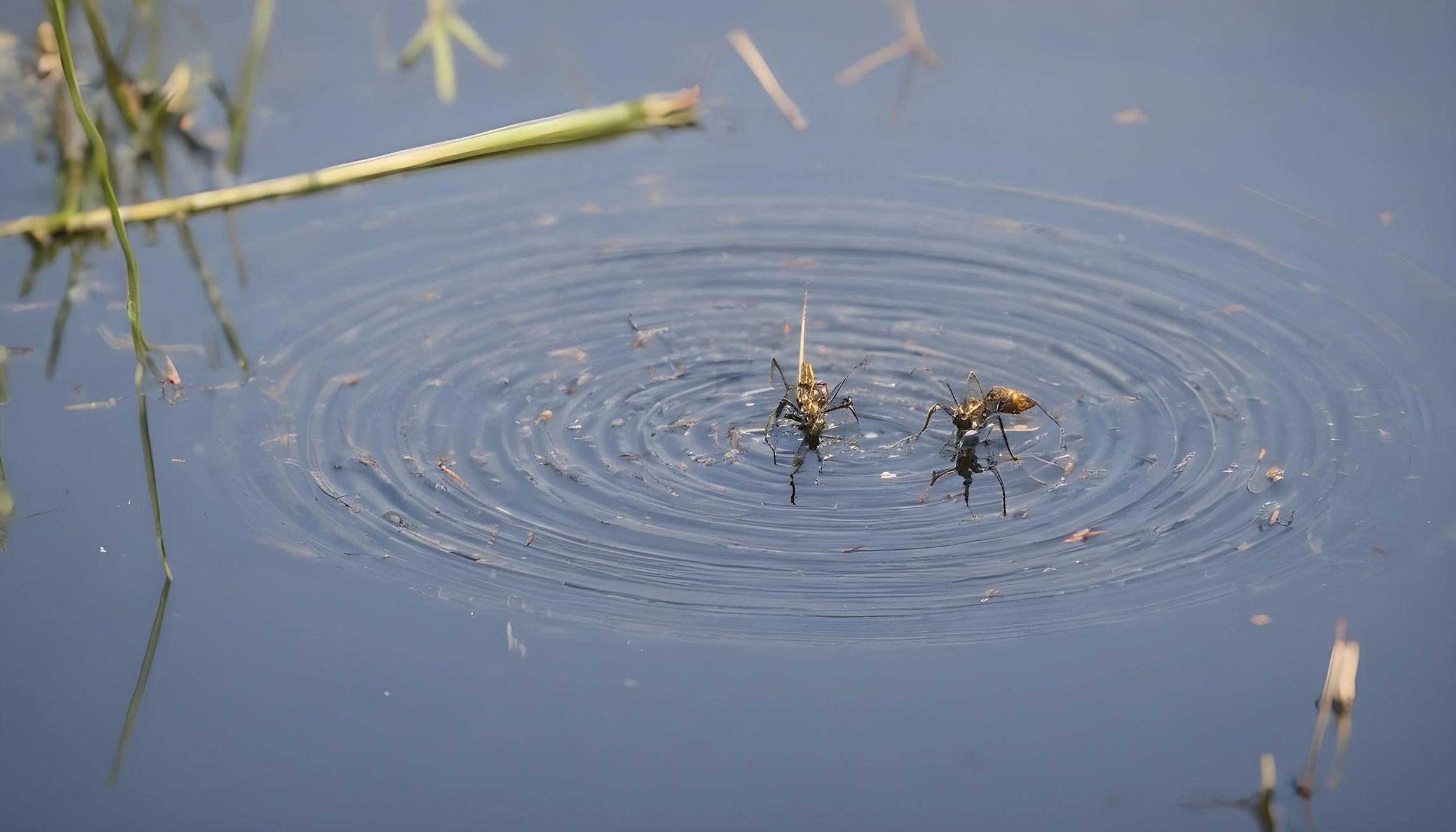How to Identify the Asian Tiger Mosquito
Posted by Mosquito Squad
April 1, 2016
The Aedes Albopictus or Asian Tiger mosquito is a dangerous pest rapidly expanding its geographic distribution across the United States. What was formerly a problem for the Southeastern United States is quickly reaching as far north as Massachusetts, (including Fall River & the South Shore areas) across through the Southern Midwest and as far west as Arizona. The Asian Tiger’s annoying daytime eating habits make them especially frustrating, but the real threat is from the potential diseases they carry such as Zika virus, chikungunya, Eastern Equine Encephalitis (Triple E), dengue, West Nile Virus and more.
Identifying an Asian Tiger Mosquito in Massachusetts
While the Asian Tiger’s daytime feeding habits are likely to alert you to the type of mosquito buzzing about, there are some very specific visual cues as well. The adult Asian Tiger mosquito is quite easy to recognize with alternating black shiny scales & white scales giving it a striped appearance. The striped appearance is carried out on the Asian Tiger’s legs which are black with white scales at each segment. These features give the mosquito its common namesake as the Asian Tiger.
When looking for a quick distinction between the Aedes Aegypti(not typically found in Massachusetts) & the Asian Tiger (Aedes Albopictus), the white stripe down the center of the head and thorax is an easy trait to identify. This is good information for traveling to the Southeastern United States, Caribbean and other tropical climates where the Aedes Aegypti is a more efficient transmitter of dangerous pathogens and is also a daytime feeder.
What Makes Asian Tiger Mosquitoes a Concern in Massachusetts?
Not only does the Asian Tiger mosquito carry a variety of dangerous illnesses as listed above, but they thrive in human habitats. According to the University of Florida Entomology Department, the Asian Tiger is a container breeder, meaning standing water found in everyday items in yards and city lots (tires, barrels, buckets, even a bottle cap is big enough) are their choice breeding grounds. This leads to large populations within city and suburban areas that are less susceptible to mosquitoes of other varieties. With its presence in Massachusetts, these characteristics will allow the population to grow, even in industrial areas such as Fall River.

